A Review of ‘Akira’
Updated: 6 December 23
23
Introduction
In the realm of graphic novels, “Akira” by Katsuhiro Otomo stands as a monumental work, transcending cultural and genre boundaries. This review delves into the rich, dystopian world Otomo creates, a narrative that has captivated audiences globally and has become a cornerstone in the science fiction genre.
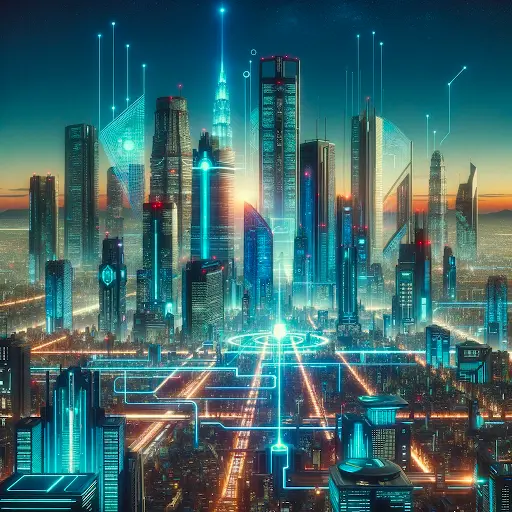
Author’s Background
Katsuhiro Otomo, a revered figure in the manga and anime industries, is best known for “Akira”. His groundbreaking work has not only received critical acclaim but has also reshaped the landscape of Japanese comics and animation. Otomo’s expertise lies in his ability to weave complex narratives, backed by his distinctive artistic style. His recognition includes several prestigious awards, solidifying his stature as a leading figure in the graphic novel domain.
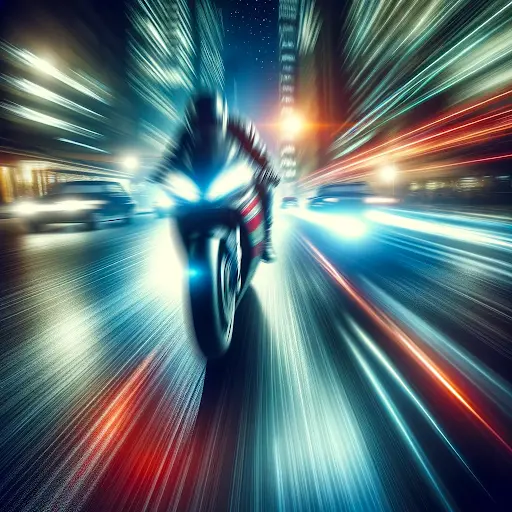
Main Content of the Review
Summary
“Akira” is set in a post-apocalyptic Tokyo, now known as Neo-Tokyo, emerging from the aftermath of World War III. The story revolves around two protagonists, Kaneda and Tetsuo, members of a biker gang. The narrative escalates as Tetsuo acquires telekinetic abilities, leading to a cataclysmic series of events. Otomo masterfully intertwines themes of power, corruption, and societal decay, presenting a gripping, futuristic tale.
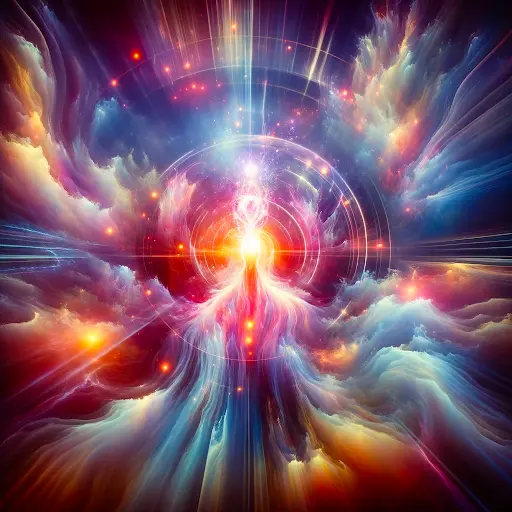
Critical Analysis
The strength of “Akira” lies in its detailed artwork and profound thematic depth. Otomo’s vision of a dystopian future is both haunting and mesmerizing, with intricate cityscapes and dynamic character designs. However, some readers may find the dense plot and complex political undertones challenging to navigate. Comparatively, “Akira” stands alongside works like “Blade Runner” and “Neuromancer”, sharing a penchant for exploring dystopian futures and human-machine interfaces.
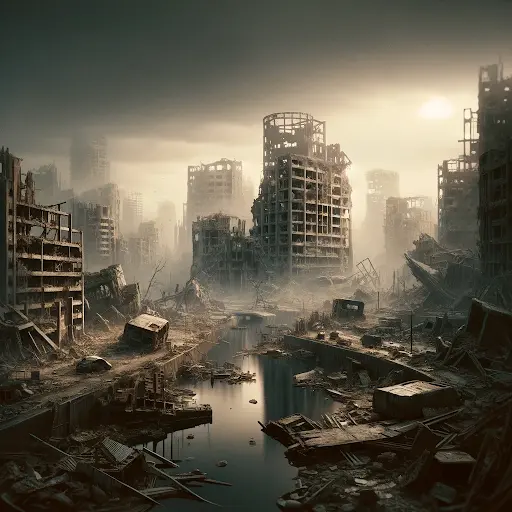
Personal Reflection
Reading “Akira” was an immersive experience. The graphic novel’s ability to portray a dystopian world with such vividness and detail was both unsettling and fascinating. It prompts reflection on our societal trajectory and the consequences of unchecked technological advancement.

Recommendation
“Akira” is a must-read for fans of science fiction and graphic novels. Its appeal extends beyond these genres, attracting anyone interested in exploring profound socio-political themes through the medium of futuristic storytelling.
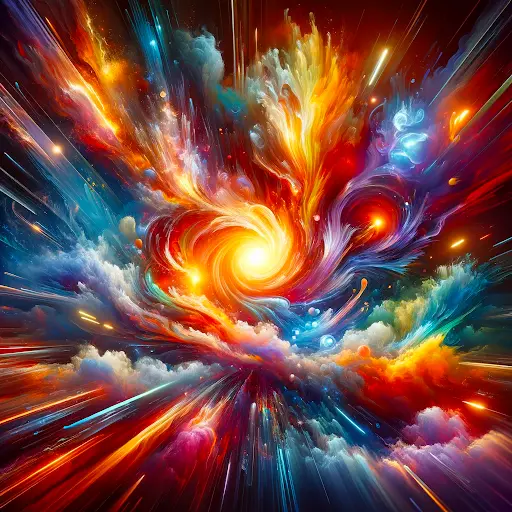
Conclusion
“Akira” by Katsuhiro Otomo is not just a graphic novel; it’s a journey into a meticulously crafted dystopian world. Its impact on the science fiction genre and graphic novel medium is undeniable. I encourage readers to share their thoughts on this seminal work and explore its depths themselves.
Author Bio of the Reviewer
Welcome to My Review Book (MRB). Our team of seasoned reviewers brings a diverse array of experiences in literature, graphic novels, and cultural studies. Our approach to reviewing is rooted in a deep understanding and appreciation of narrative art forms, ensuring our insights are both authoritative and engaging.
Please Write Your Comments